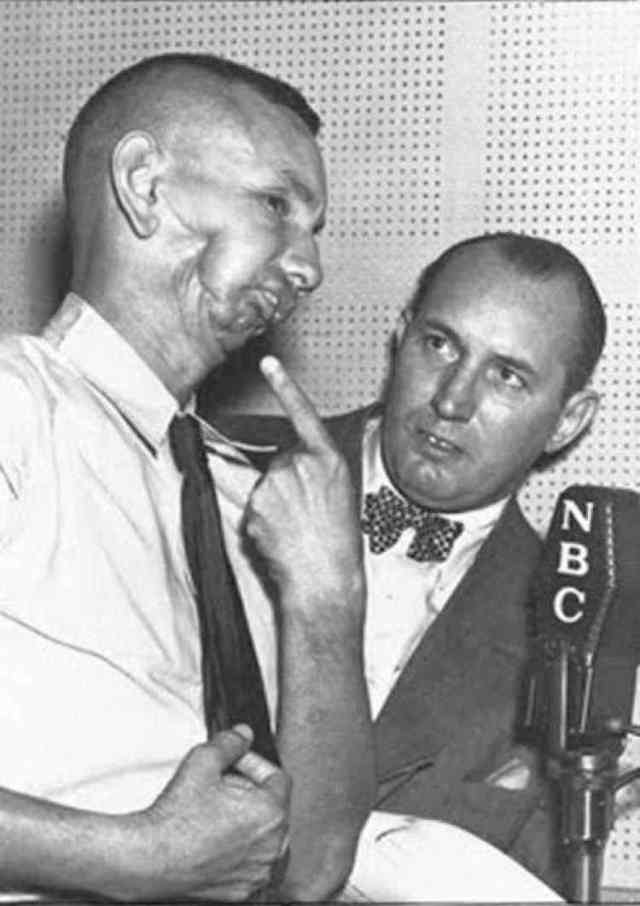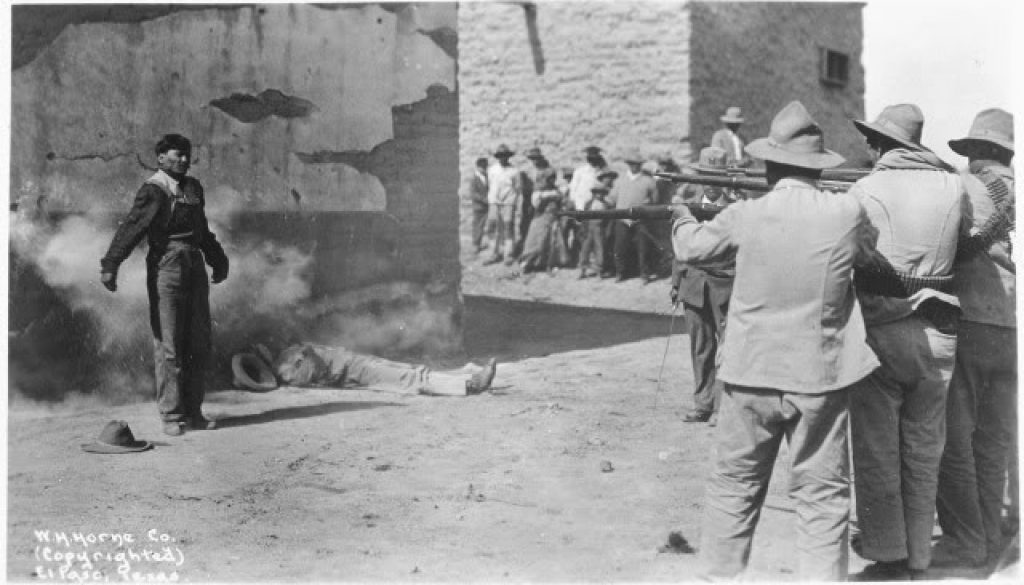The Story of the Executed One
I was listening to El Fusilado by Chumbawumba the other day and it struck me that, though I thought the song’s story was neat, I had never actually fact-checked any part of it. I’ve listened to the song many times, and often wondered if it described real events or described an old story based on dubious fact.
What I found surprised me in a most satisfying way.
The song describes a real man, by the name of Wenseslao Moguel, who took part in the Mexican Revolution. He was captured by enemy forces, and sentenced to death by firing squad. Now, a lot of firing squads have a bunch of guys with blanks and one guy with a real bullet and no one knows who has the real bullet. The reason being that after their target is bleeding out onto the ground, each one of them can be reasonably confident that “it probably wasn’t me that killed that guy.” Everybody gets to go home and get a full night’s sleep, confident that it almost certainly wasn’t them that shot a defenseless dude tied to a pole.
That… was not what happened here. Wenseslao Moguel, as made famous by Chumbawumba’s song, was shot nine times, one of those shots being straight into his head to “make sure he was dead” after the firing squad had finished up.
Now, it’s wouldn’t be a good story unless he lived. Which he did.

His good looks, on the other hand? Not so much.
His case seems to lack documentation, from what I have been able to research. Sources cited by Wikipedia even include a link to some guy’s blog, which gives an interesting (but unverified) account of the story, including one detail mentioned by the song about how Mogel crawled away through piles of bodies in the dead of night. The Evening Independent (on Page 10, under Ripley’s Believe It Or Not), from 1935, omits the “crawling over dead bodies” bit. A shame, really, because that adds so much flavor to the legend of this really badass Mexican soldier.
He became know as “El Fusilado”, meaning “executed one.” That is, probably, the best nickname anyone could hope to get. He’s basically a real life version of The Crow, except without the goofy makeup and goth fashions. Of course, he didn’t really do much after being being found and rescued at a church. It wasn’t like he went charging back into the battle, or anything. Instead, he seems to have played it safe and retired to a quiet life after the war, once appearing on the Ripley’s radio show many years later.
Is there a lesson to be learned from any of this? Probably not. I mean, “don’t get shot nine times” is a pretty good moral to any story, but I feel like it doesn’t really need to be said in the first place. Though Chumbawuba describes Mogel as a “Mexican war hero”, I would, instead, call him a Mexican war martyr. I mean, I doubt he had much of a normal life after his face got that messed up – he probably suffered many years of pity or abuse due to his war wounds. Still, he lived to the ripe old age of 85 despite his horrific maiming, so I guess it couldn’t have been all bad.
Actually, I guess there is a moral to all this: If you’re gonna get shot and survive, go big, or go home. After all, how else are you gonna get on Ripley’s?
Powered by WPeMatico



